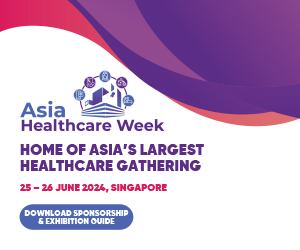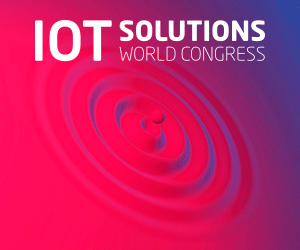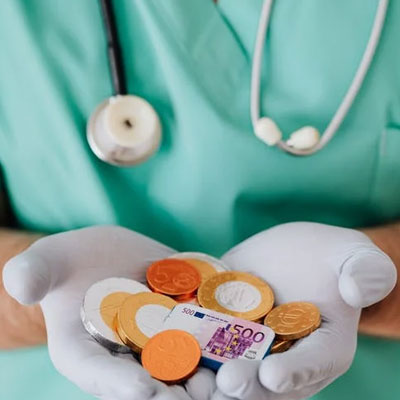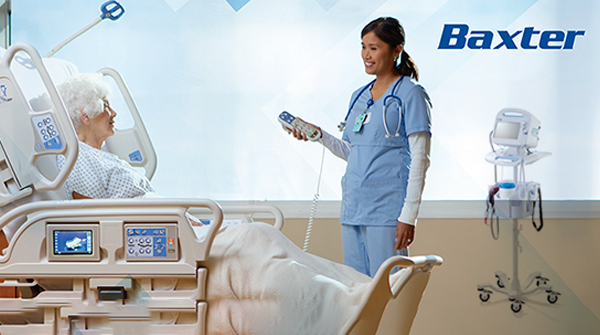Articles
Personalizing Healthcare with Remote Patient Monitoring (RPM)

Remote Patient Monitoring (RPM)
Remote Patient Monitoring (RPM) allows patients to use mobile medical devices and technology to gather patient-generated health data (PGHD) and present it to healthcare professionals.
It is a subcategory of homecare telehealth and the data that is collected with RPM programs include weight, blood pressure, heart rate, and vital signs. After collecting the patient data, it is sent to physician's office by using a special telehealth computer system or software application that can be installed on a computer, smartphone or tablet.
Remote Patient Monitoring (RPM) solutions such as wearable sensors, chronic condition management, health apps etc are witnessing exponential growth. In addition, home monitoring equipments that transmits patient data includes blood pressure monitors, glucometers and ECGs.
If RPM is executed properly, it helps to facilitate virtual visits or consults, automated reminders, health education, medication management. Customer satisfaction can be improved using these solutions while mitigating readmission penalties, reinforce adherence to complex medical regimens and assists patients in monitoring their health to recognize symptoms that may trigger further medical care.
Examples of remote patient monitoring technology
Remote Patient Monitoring (RPM) technology allows patients to input data from handheld medical devices to online platforms.
Few examples of Remote Patient Monitoring technology are:
- Glucose meters for patients with diabetes
- Heart rate or blood pressure monitors
- Continuous surveillance monitors that can locate patients with conditions like dementia and alert healthcare professionals of an event like a fall
- Remote infertility treatment and monitoring
- Caloric intake or diet logging programs
Remote Patient Monitoring Market Overview:
The global market size of remote patient monitoring system was value at 698.4 million at 2018 and is expected to reach 1,727.30 million by 2026. The market is estimated to grow at a CAGR of 13.81% over the forecast period.
If the remote patient monitoring system is used properly, it helps to lessen re-admissions and prevents avoidable hospitalizations. It assists in getting quality medicinal consideration and drive the global remote patient monitoring system market growth.
However, some reimbursement policies and less awareness related to the RPM devices is hampering the market growth.
Benefits of remote patient monitoring
Benefits of remote patient monitoring are:
- Enhanced patient care and safety through remote monitoring and automated alerts
- Outpatients visits for routine checkups can be reduced
- Reduced cost of care for provider and patient alike
- Better accuracy relying on biometric measures, activities and conformance
- Enhanced patient engagement can be attained using RPM devices as they allow patients to play a crucial role in managing, understanding their own health conditions
- Improved quality of care- RPM gives patients and healthcare providers access to more relevant patient data, thus improving overall quality and value-based care.
Personalizing Healthcare with Remote Patient Monitoring
Using Remote Patient Monitoring, personalized healthcare can be given to the patients at their doorstep.
This is possible with the help of a number of technology enabled innovations and diffusion of integrative technologies in healthcare.
Furthermore, digital technology connected with healthcare services is accelerating. Low power wireless technologies like BLE/BT4.0, Embedded biometric sensors, wearable monitoring technologies, portable Telehealth devices, powerful smart phones & handhelds and Cloud Technology for Electronic Health Record storage and data analytics are enabling creation of integrated healthcare enterprise solutions for efficient remote patient management.
This paradigm is gaining momentum among healthcare providers as well as patients. They are striving to enhance the quality of healthcare while bringing down its delivery costs.
How remote patient monitoring provides personalized healthcare?
RPM is a subset of telehealth that facilitates patient monitoring as well as the timely transfer of patient-generated data from patient to care team and back to the patient. To capture data, RPM can employ a host of wired or wireless peripheral measurement devices such as implantables, biosensors, blood pressure cuffs, glucometers, and pulse oximetry, as well as sensors that collect data passively (e.g., beacons in a home that can transmit data on movement and specific activity/inactivity) and they are most often used in a post-discharge setting or between routine office visits. Some RPM may also allow for real-time video interactions between the patient and provider.
Similarly, RPM can transmit user-entered data, store the data in secure records systems accessible to clinicians or care monitors, flag abnormal readings or responses, and alert clinicians/caregivers to abnormalities via e-mail or text messages. In response to these alerts, clinicians/others can log into the system, review data, follow up with patients, or take other appropriate actions. Some systems have the capacity to connect patients with additional resources such as patient health records (PHRs) or electronic medical records (EMRs), targeted educational materials, interactive self-care tools, medication optimization technologies, and health care providers.







